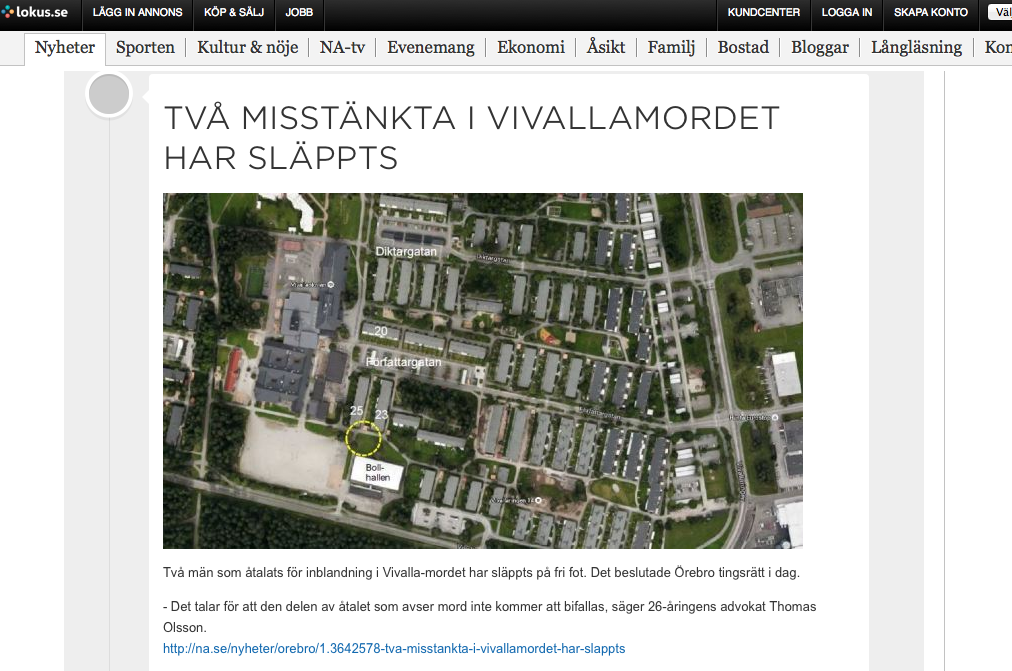Categories
Archives

The International Press Telecommunications Council (IPTC) will use a grant from the first round of Google’s Digital News Initiative Innovation Fund to build and freely distribute an initial version of EXTRA: The EXTraction Rules Apparatus, a multilingual open-source platform for rules-based classification of news content.
EXTRA will be a classification system for annotating news documents with high-quality subject tags. Such tags will allow publishers to deliver a variety of valuable services including content recommendations, improved advertising targeting and subject-specific content streams, such as alerts and topic pages.
“By creating a freely available rules-based classification engine, IPTC will help publishers to enhance their content with all sorts of metadata services, including enriched search, intelligent recommendations and precise analytics,” said Stuart Myles, chairman of IPTC.
EXTRA will provide news publishers with several key capabilities: the ability to automatically categorize documents by subject (for example, terrorism, sports, names of celebrities); the ability to author classification rule sets tailored to existing taxonomies; and the ability to classify documents using the industry standard IPTC Media Topics taxonomy. Taxonomies are used by many news organizations to classify their content. Classification is used in various ways, including improved online news navigation by grouping and linking, to organize editorial workflows and to enrich search.
So that EXTRA is immediately useful to the news publishing community, IPTC will create different suites of rules in two languages for classifying news documents into the IPTC Media Topics taxonomy, an industry-standard taxonomy used by several leading news providers.
“We hope that the EXTRA project will support a migration in the news publishing community towards a common industry-wide open source platform,” said Michael Steidl, managing director of IPTC. “We believe that a freely available document classification platform will provide great benefit to small-to-medium sized publishers.”
IPTC invites other parties to join the development of EXTRA.
Contact office@iptc.org to learn more, including how you can get involved.
Over €27m has been offered by Google to 128 projects, large and small, from 23 countries across Europe – each designed to advance innovation in the news industry. DNI is a collaboration between Google and news publishers in Europe to support high quality journalism and encourage a more sustainable news ecosystem through technology.
About IPTC: The IPTC, based in London, brings together the world’s leading news agencies, publishers and industry vendors. It develops and promotes efficient technical standards to improve the management and exchange of information between content providers, intermediaries and consumers. The standards enable easy, cost-effective and rapid innovation. Visit www.iptc.org and follow on Twitter: @IPTC
Categories
Archives
- December 2025
- November 2025
- October 2025
- September 2025
- August 2025
- July 2025
- June 2025
- May 2025
- April 2025
- March 2025
- February 2025
- January 2025
- December 2024
- November 2024
- October 2024
- September 2024
- August 2024
- July 2024
- June 2024
- May 2024
- April 2024
- March 2024
- February 2024
- December 2023
- November 2023
- October 2023
- September 2023
- August 2023
- July 2023
- June 2023
- May 2023
- March 2023
- February 2023
- January 2023
- December 2022
- November 2022
- October 2022
- September 2022
- August 2022
- July 2022
- June 2022
- May 2022
- April 2022
- March 2022
- February 2022
- January 2022
- December 2021
- November 2021
- October 2021
- September 2021
- August 2021
- July 2021
- June 2021
- May 2021
- April 2021
- February 2021
- December 2020
- November 2020
- October 2020
- September 2020
- August 2020
- July 2020
- June 2020
- May 2020
- April 2020
- March 2020
- February 2020
- December 2019
- November 2019
- October 2019
- September 2019
- July 2019
- June 2019
- May 2019
- April 2019
- February 2019
- November 2018
- October 2018
- September 2018
- August 2018
- July 2018
- June 2018
- May 2018
- April 2018
- March 2018
- January 2018
- November 2017
- October 2017
- September 2017
- August 2017
- June 2017
- May 2017
- April 2017
- December 2016
- November 2016
- October 2016
- September 2016
- August 2016
- July 2016
- June 2016
- May 2016
- April 2016
- February 2016
- January 2016
- December 2015
- November 2015
- October 2015
- September 2015
- June 2015
- April 2015
- March 2015
- February 2015
- November 2014